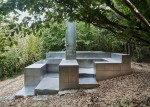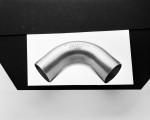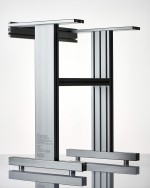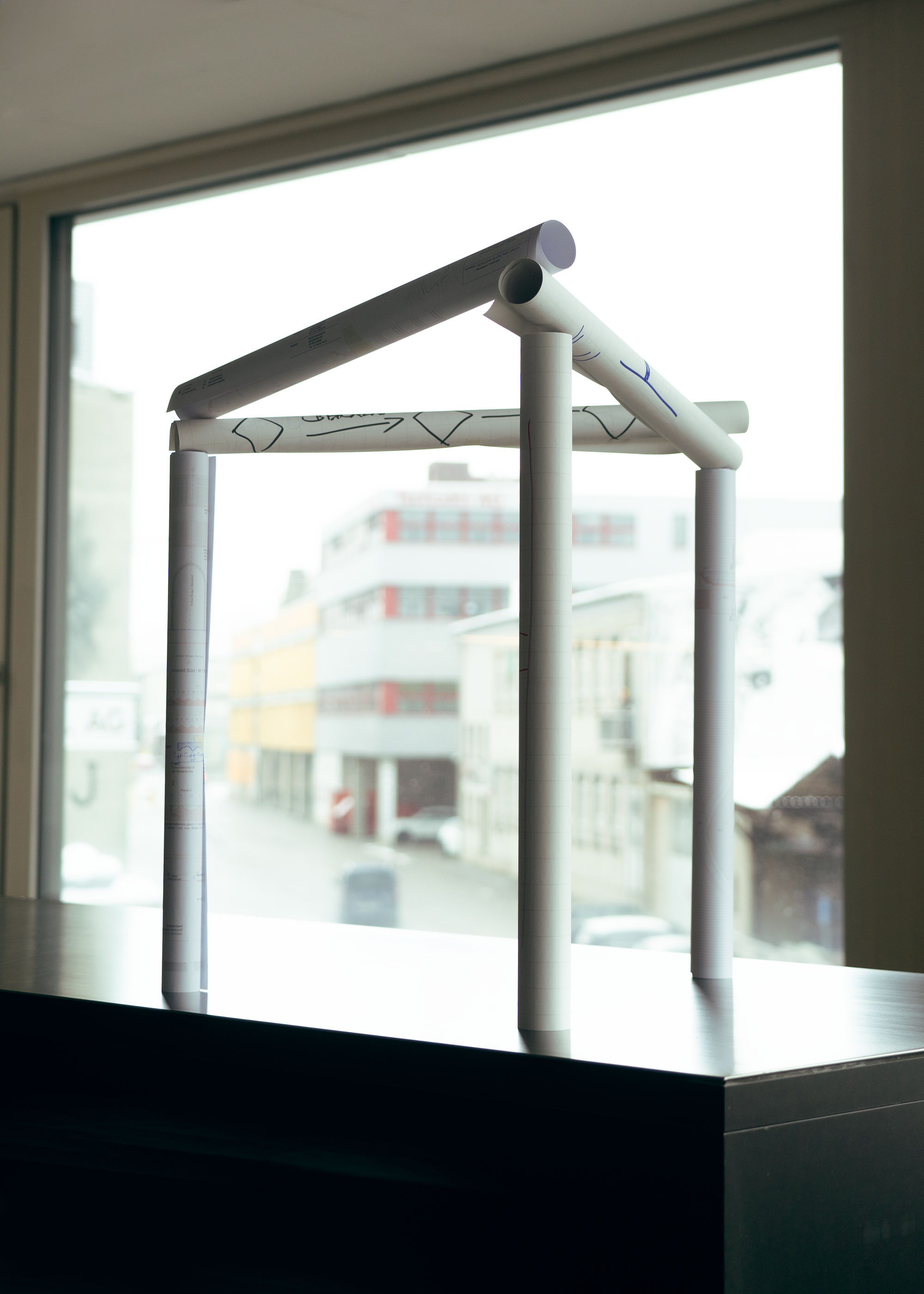Judd, LeWitt & Bill Made by Lehni
At Hauser & Wirth
Hauser & Wirth Zurich, Bahnhofstrasse, brings together an exhibition showcasing a selection of Lehni’s unique collaborations with renowned artists that resulted in exceptional artworks and furniture. Artistic partnerships have been an integral part of the Swiss metal furniture company’s history for more than a century and they are a focal point of their ongoing commitment to crafting products of outstanding quality, sustainability and design. A selection of furniture by artist Donald Judd will be on display, alongside works by Swiss artist Max Bill, as well as sculptures by Sol LeWitt. The exhibition will also highlight a series of artists’ portraits by Doris Lehni-Quarella, a trained photographer who helmed the company in the 1980s and ‘90s.
Founded in Zurich in 1922 by Rudolf Lehni (1885–1956) as a sheet metal workshop, situated in close proximity to the Kunsthaus Zurich, Lehni cultivated contacts with the artistic avant-garde and his workshop would become a meeting point for many artists. Lehni soon became the artist’s collaborator, bringing expertise in metalwork to the creative vision of the artist. One of the first standout partnerships was with the internationally renowned artist Max Bill, who commissioned Lehni to make his famous ‘well-relief’ in 1932. This pioneering work is viewed as particularly important since it anticipated American minimal art and Arte Povera. Although Bill would never design for the company, his influence played an important role in the company’s development from sheet metal workshop to furniture manufacturer.
The industrial manufacturing expanded when Rudolf Lehni Jr. (1927 – 1981) took over the company management. A new bending technique for sheet metal made the company well-known in architectural circles. Alongside managing the company, Lehni Jr. also taught material science and metalworking at the Kunstgewerbeschule (School of Arts) in Zurich, where he crossed paths with Andreas Christen (1936 – 2006), who would come to design the majority of the Lehni furniture collection over the following four decades. Under Max Bill’s guidance, Christen and Lehni would conceive the famous ‘Aluminium Shelf’ that was created for the 1964 Expo (Swiss National Exhibition) in Lausanne and was subsequently added to the collection.
In the 1970s, furniture manufacturing became a focal point for the company and close ties with the Zurich art scene saw new collaborations with artists. The Annemarie Verna Gallery in Zurich, one of the leading galleries for contemporary art in Switzerland, played an important role in introducing international artists to the Swiss metal experts. American Sol LeWitt (1928 – 2007), a pioneer and one of the founders of minimal and conceptual art who gained early recognition in Switzerland through his ties to the Zurich school of concrete artists, realised metal versions of the sculpture series ‘Structure’ (1978) and ‘Cube’ (1985).
The following is an excerpt from a conversation we had with Benedetta Agostini, Creative Director at Lehni, and Sylvia Bandi, Hauser & Wirth Director.
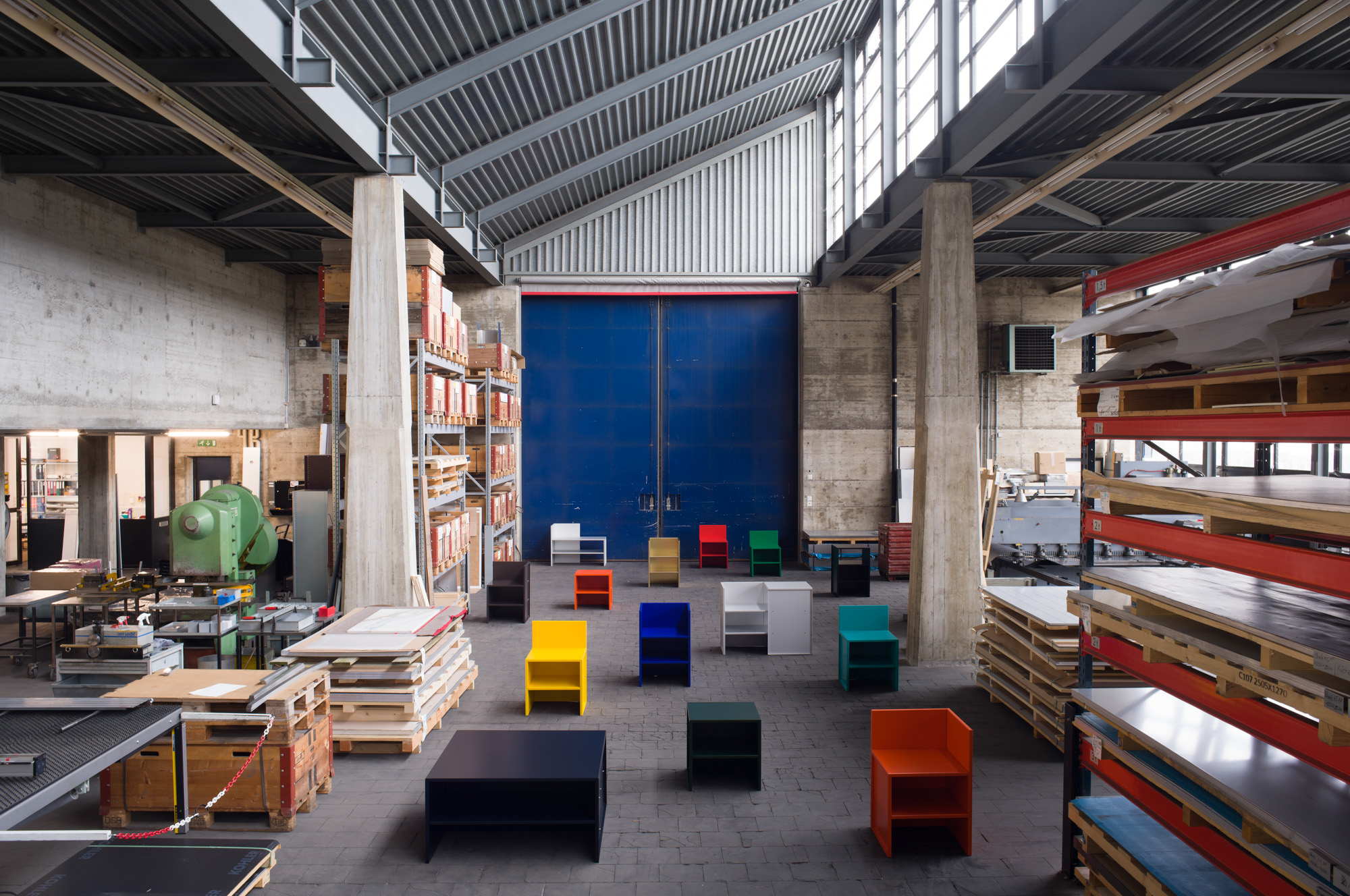
When did the preparation for this exhibition begin? Is this something recent, or has it been in the works for years?
We started discussing it last year with Sylvia Bandi, director at Hauser & Wirth, who is also a good friend. Sylvia knows the history of Lehni very well, and it felt natural to explore this collaboration.
Initially, the idea was to simply showcase the artworks that these artists created with Lehni. However, for us, it was crucial to present the broader relationship between Lehni, art, and design. Lehni has undergone a significant evolution—from a metal workshop working on simple architectural elements in the early 20th century to its transformation in the 1950s and 60s under Rudolf Lehni into a collaborator with prominent artists and designers.
This exhibition highlights why artists like Donald Judd and Sol LeWitt chose Lehni as their partner and explores the creative synergy between them. Though we’ve only included a selection of pieces, Lehni’s contributions go far beyond these. For instance, Lehni produced all the Judd's "Multicolored Works" series. The exhibition evolved over brainstorming sessions this past year, and it reflects both the artistic legacy and the production processes behind these collaborations.
From Hauser & Wirth’s perspective, how do you view this collaboration? It's both historical and brand-focused, given Lehni’s legacy as a manufacturer.
This exhibition offers a rarely explored perspective by highlighting the crucial role of production in the creative process.
For instance, Max Bill, whom we represent, had a significant connection to Lehni. Showcasing this legacy bridges the historical and contemporary aspects of art production. It’s fascinating to see how these collaborations—once purely functional—have become part of the art history narrative.
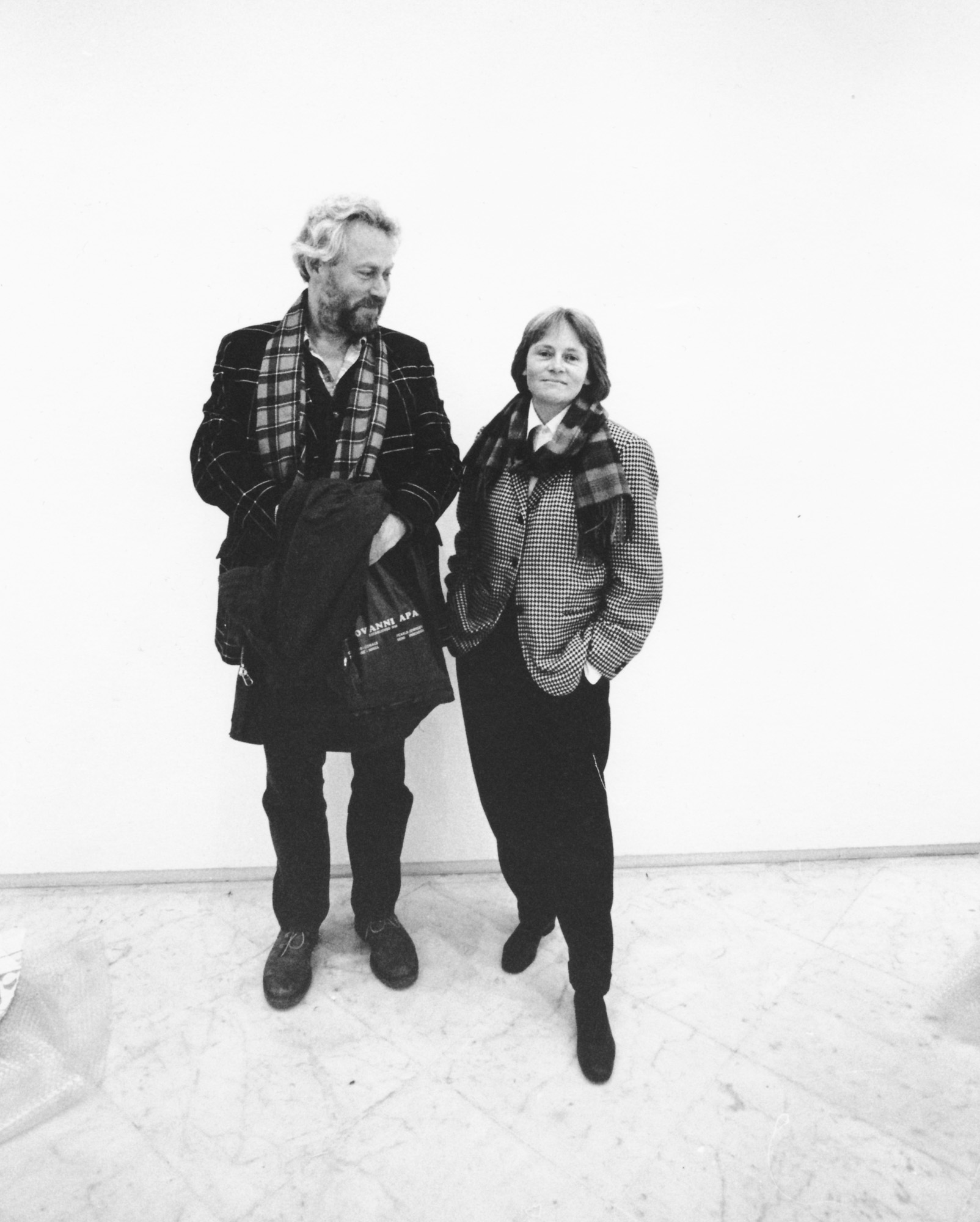
Lehni has a dual identity: its historical legacy and its continued production of design objects. How do you balance these two roles?
It’s a big responsibility. For the Judd furniture we work together with the Donald Judd Foundation, each piece is stamped and numbered which guarantees authenticity and uniqueness to the piece. For these pieces we go to exclusive sales channels, we do not adopt a popular marketing. This ensures the integrity of Judd's work.
On the other hand, for our own furniture line, we aim to maintain accessibility and commercial viability. It’s essential for us to preserve the high standards and philosophy that have defined Lehni since the 1960s. Judd’s design principles—minimal, functional, and clever construction—still inspire our work today.
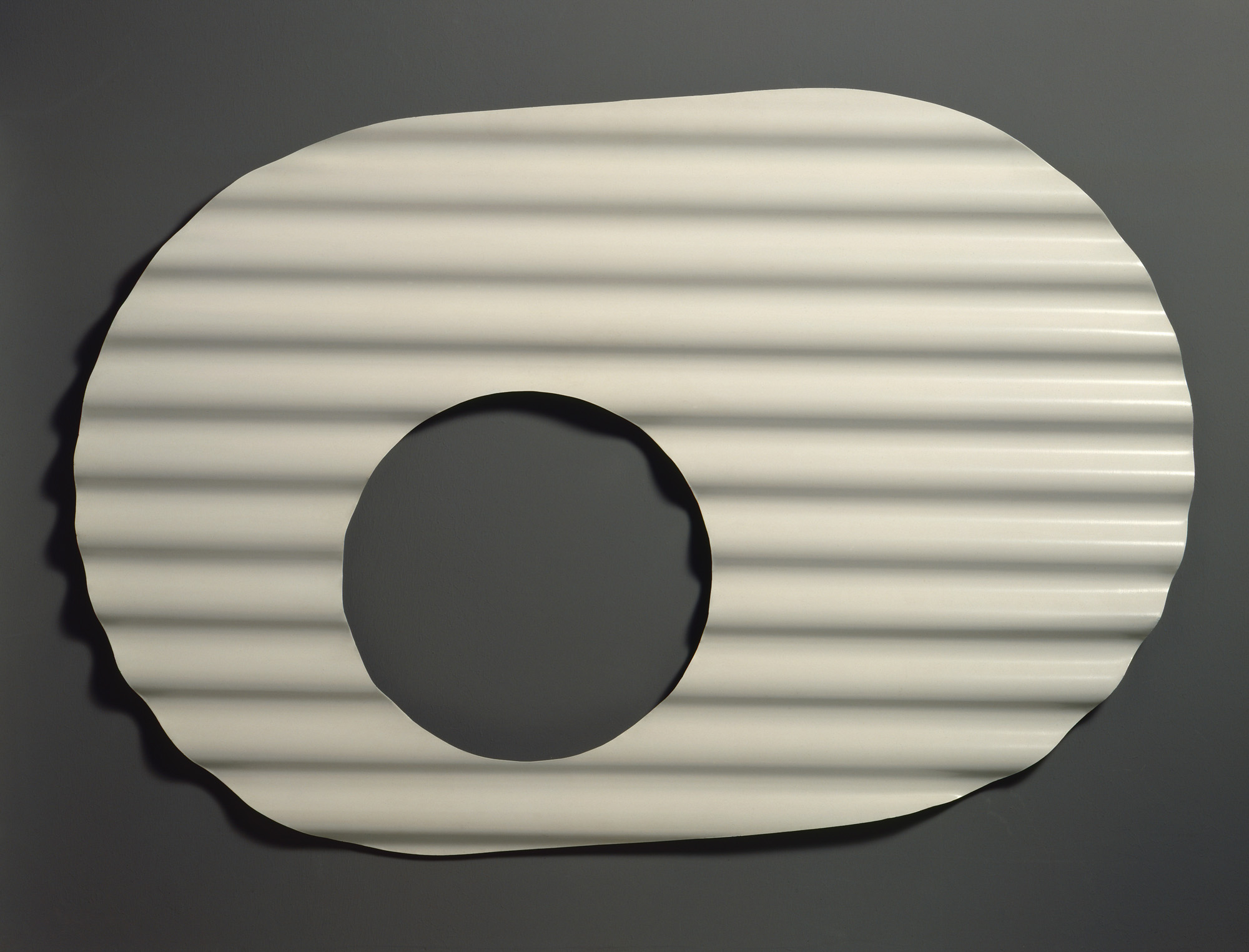

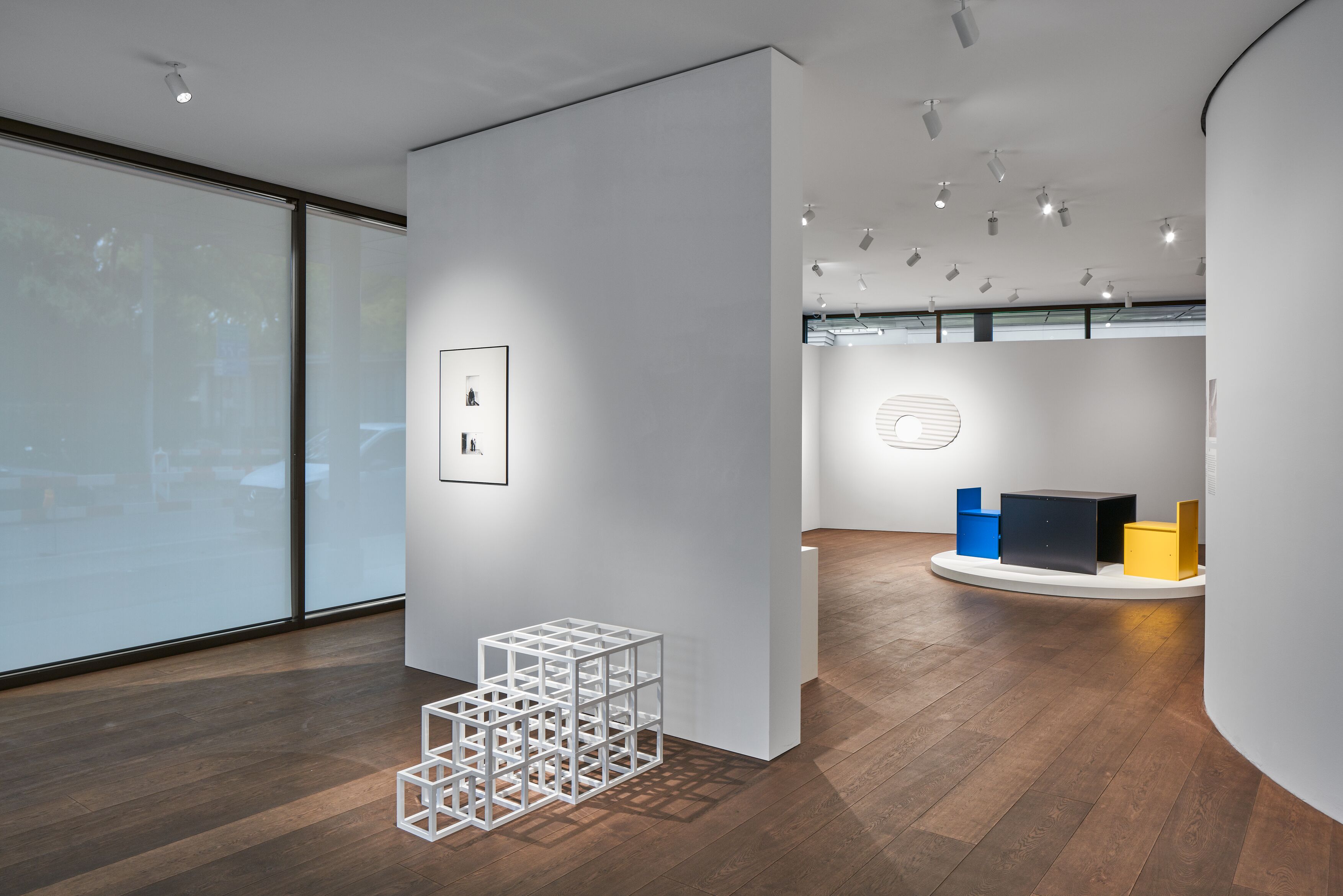
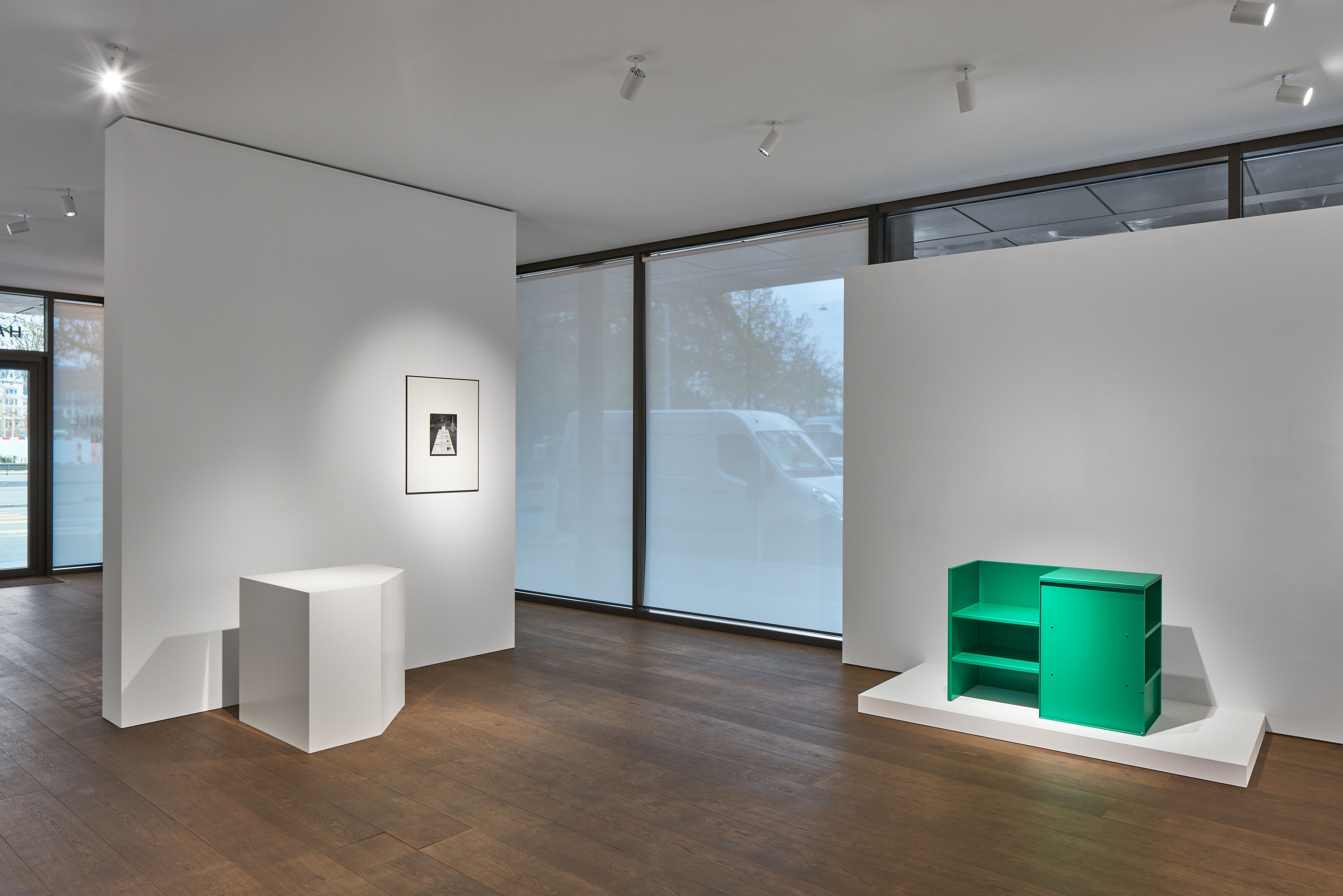
How does Lehni approach collaborations with today’s artists and designers?
We’re selective. Collaboration must align with Lehni’s philosophy—minimalism, functionality, and a commitment to quality. We don’t introduce new partnerships every year or chase trends. Instead, we focus on meaningful, long-term collaborations that resonate with our brand values.
For younger or emerging artists, we look for galleries that can support their projects. We remain committed to maintaining the same production processes and philosophy that defined our historical collaborations.
How do you ensure Lehni’s legacy stays relevant for younger generations, especially given the overwhelming influx of new products and ideas in today’s world?
The key is in communication. The younger generation is curious about the story behind a piece—its origins, philosophy, and craftsmanship. By choosing the right channels to share these narratives, we can connect with new audiences.
We don’t believe the next generation needs constant novelty. Instead, they value authenticity and stability. Our role is to provide context and continuity in a world that often feels fragmented.


The exhibition raises an interesting discussion about the role of manufacturers in the art world. How do you see this evolving?
This is a vital conversation. Artists often depend on collaborations with producers to realize their visions, yet this aspect is rarely acknowledged. This exhibition sheds light on that dynamic, showing how Lehni’s craftsmanship has shaped iconic works.
For us, it’s about honoring that history while making it relevant for contemporary audiences. It’s not just about the final artwork but the entire process—the relationships, the craftsmanship, and the shared vision.
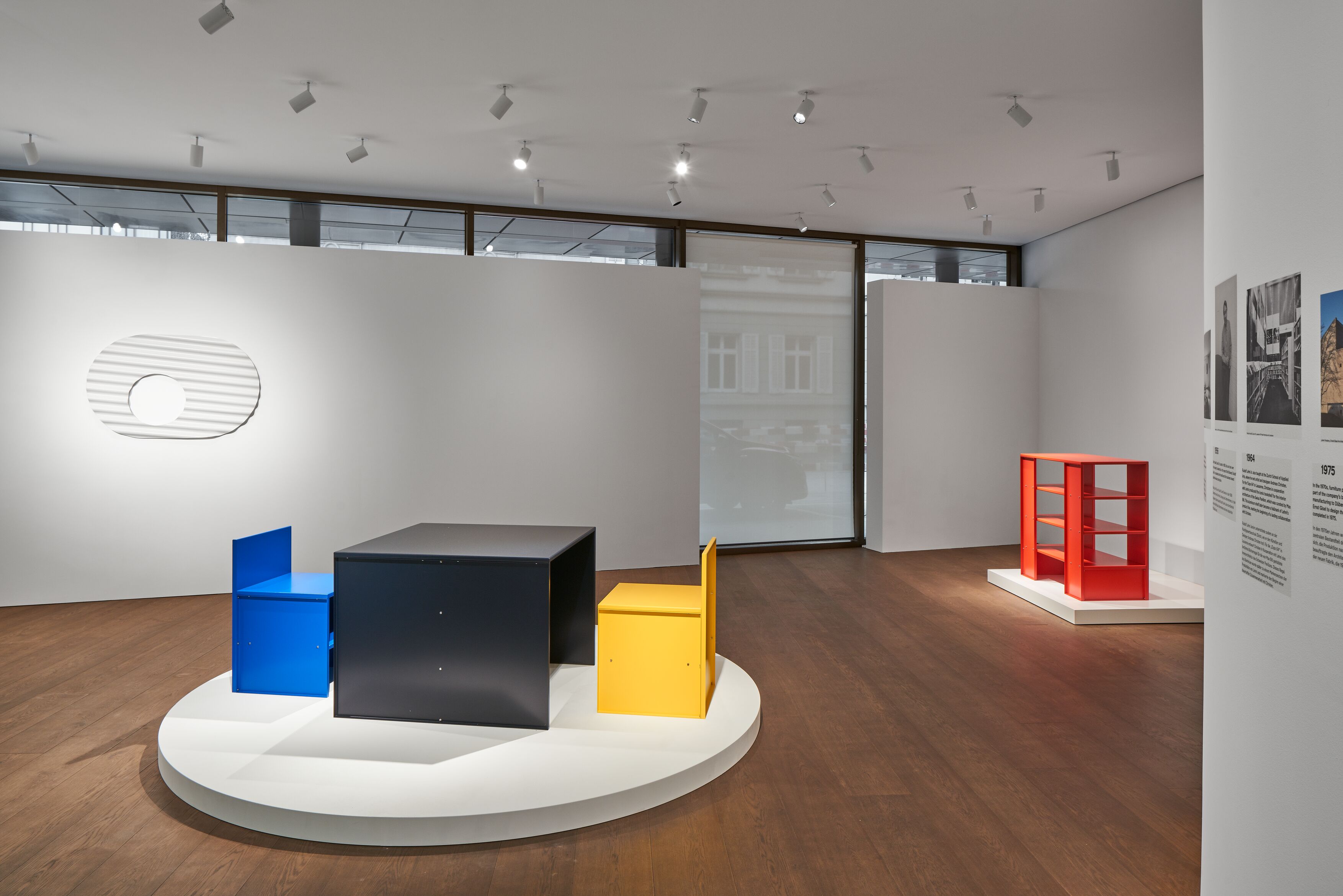
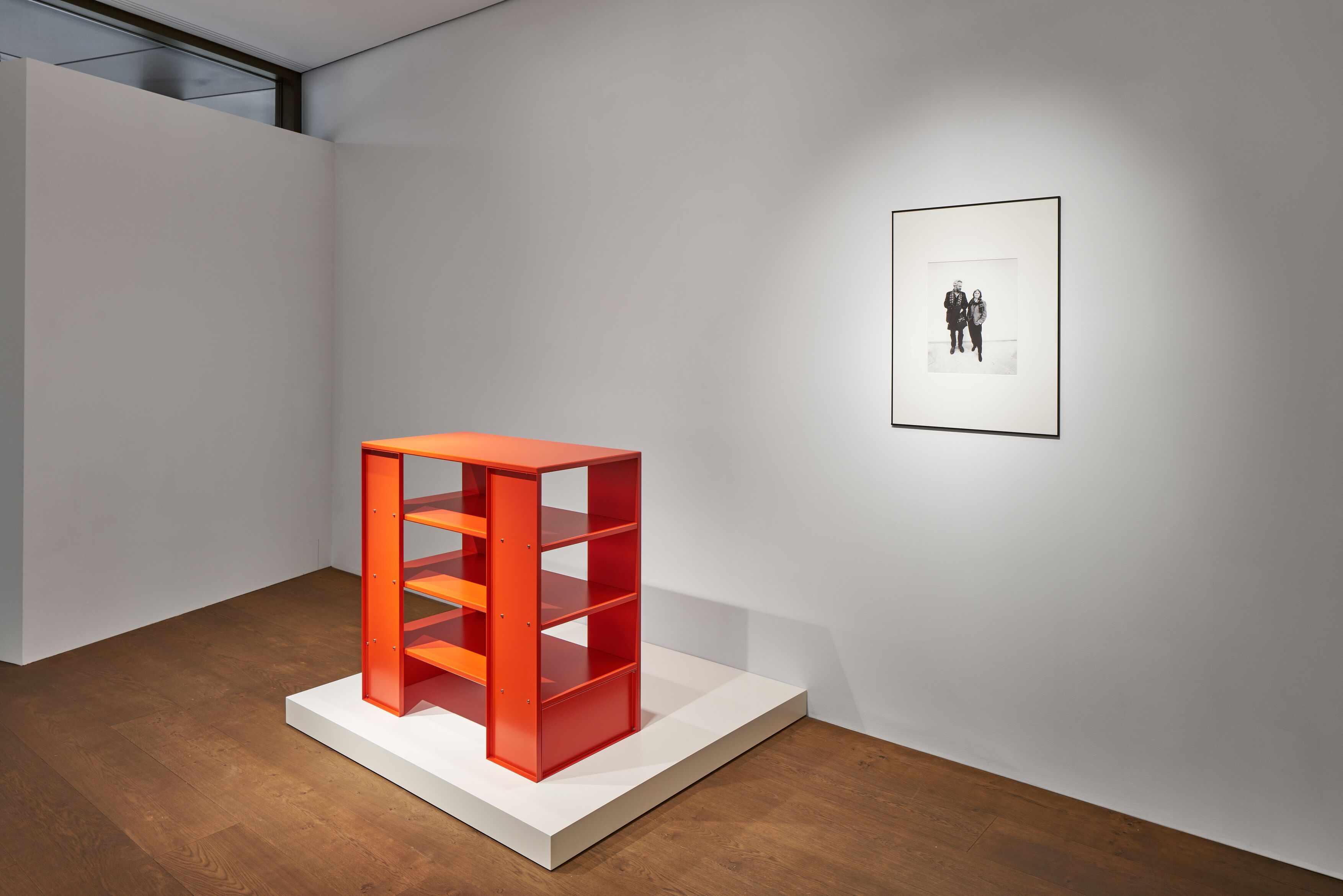
What do you hope visitors take away from it?
We hope people see the deeper connection between art and production—the dialogue between the artist’s vision and the manufacturer’s craftsmanship. It’s about understanding not just the "what" but the "how" and "why" behind these pieces.
Exactly. This exhibition is an invitation to reflect on the importance of collaboration and legacy. It’s about preserving history while ensuring its relevance for future generations.
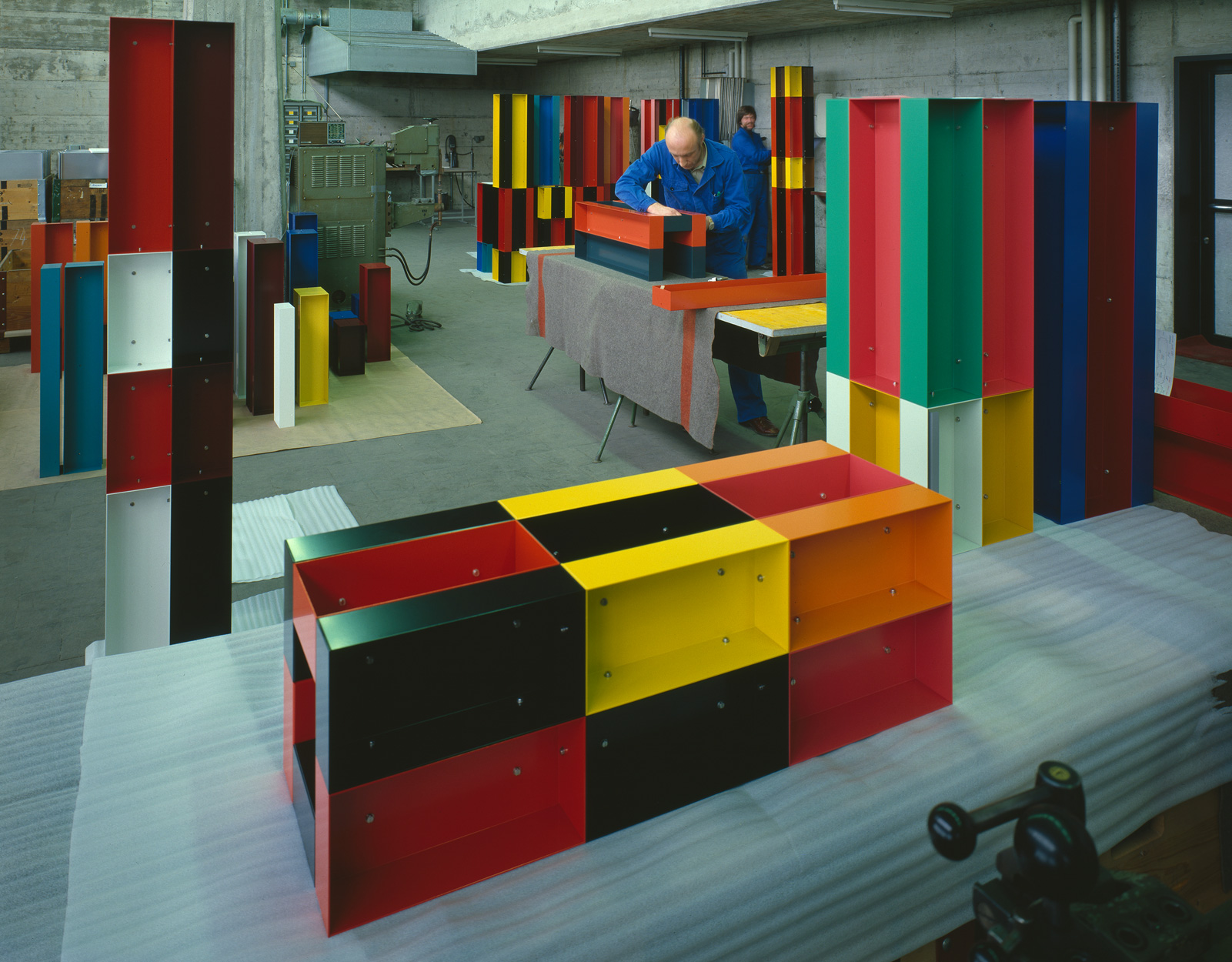
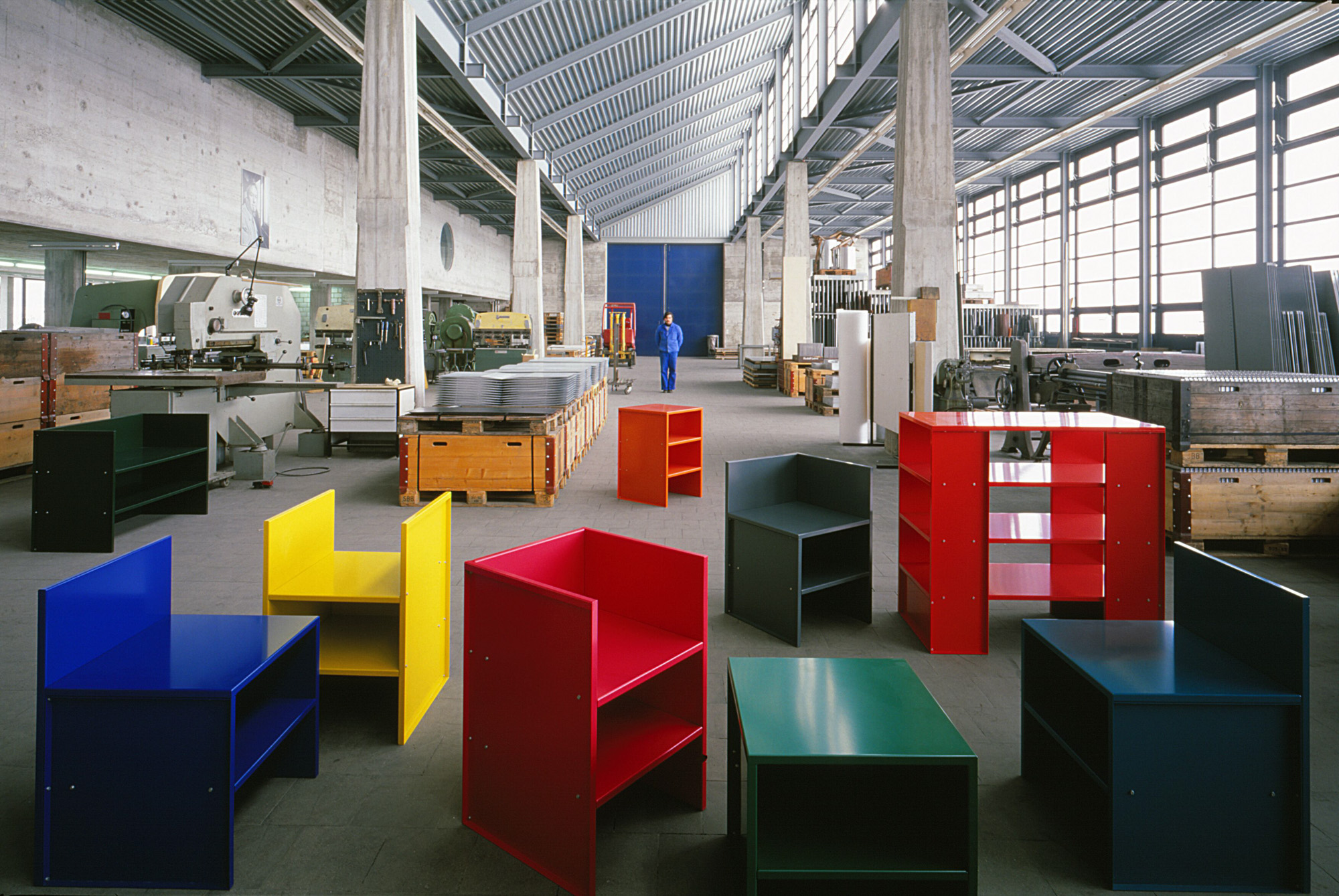
Interview by Sebastian Vargas, General Editor at Profiler with Benedetta Agostini, Creative Director at Lehni and Sylvia Bandi, Hauser & Wirth Director.
JUDD, LEWITT AND BILL
MADE BY LEHNI
Hauser & Wirth Zurich, Bahnhofstrasse.
14 November 2024 – 7 March 2025
